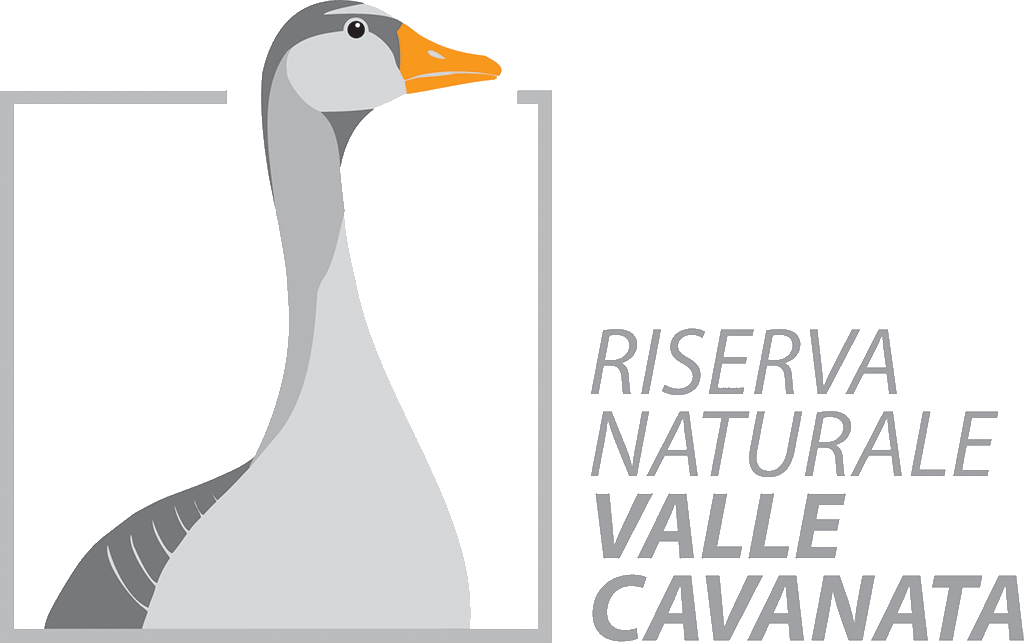The main part of the Reserve consists of the fish rearing-ponds, a set of water bodies and canals, interrupted by islets and muddy areas periodically submerged by water. The valle was created by convert shallow lagoon areas to fish rearing-ponds by raising embankments to hydraulically isolate it from the surrounding environment. Adjustable sluices allow the management to maintain the optimal water levels, previously for hunting and fish-rearing, but now managed for birds.
Even today, the water level in the valle can be changed through the sluices, called chiaviche, which regulate the entry of water during high tide or its emptying at low tide.
The average water level is currently kept lower than in the past, to favour the stopover of a number of bird species, especially waders, which in the area of the former fish rearing-ponds find suitable areas to look for food or to favour the breeding of some species, including Black-winged stilt and Common tern.
The most common fish species are those that best tolerate changes in salinity and temperature, such as mullet, sea bass, sea bream and eel. The emergent land within the valle is covered with halophilous vegetation, bushes and sparse reedbeds.
